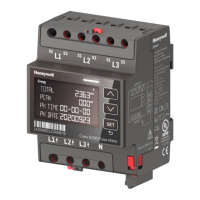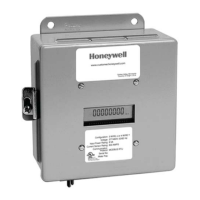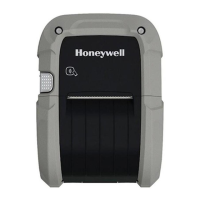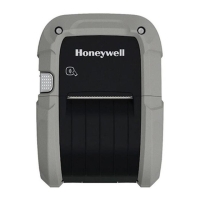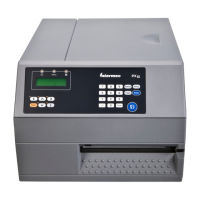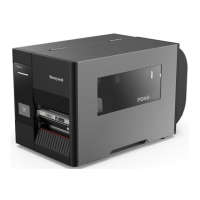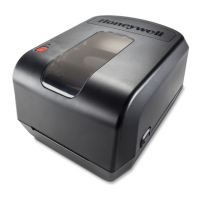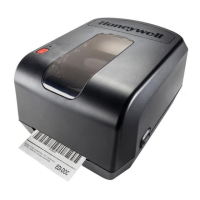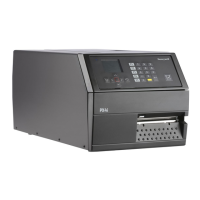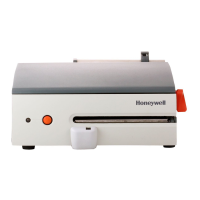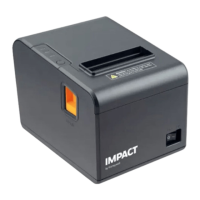A Set Format Attribute
This command specifies the type of format operation and remains in effect until
another format command is specified or another label format has begun (<STX>L).
Each label format defaults to Attribute 1 (XOR Mode).
Syntax
An
Parameters
Where:
l
n - Is attribute mode 1, 2, 3, or 5; see table below. The default is 1.
n Attribute Description Example
1 XOR Mode
In this mode, the region where text strings, images or
barcodes intersect will not be printed. (An odd number of
overlapping objects will print.)
2
Transparent
Mode
The intersecting regions of text strings, images, and
barcodes will print, allowing the user to print fields atop one
another.
3
Opaque
Mode
Intersecting text is obliterated by the text formatted last.
Each character cell is treated as opaque. This mode is
effective only in rotation 1. See Format Record Commands.
5
Inverse
Mode
This mode allows inverse (white on black) printing (e.g., a
proportionally sized border and background are printed
similar to photographic negative). If text or image fields
overlap in this mode, the effect will be similar to the XOR
mode.
Sample
<STX>L
A3
141100001000100DATAMAX
141100001100110DATAMAX
E
Result
The sample above sets the printer to Opaque Mode and produces one label.
DPL Command Reference
130
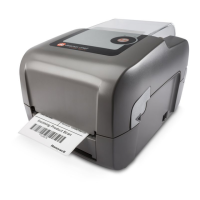
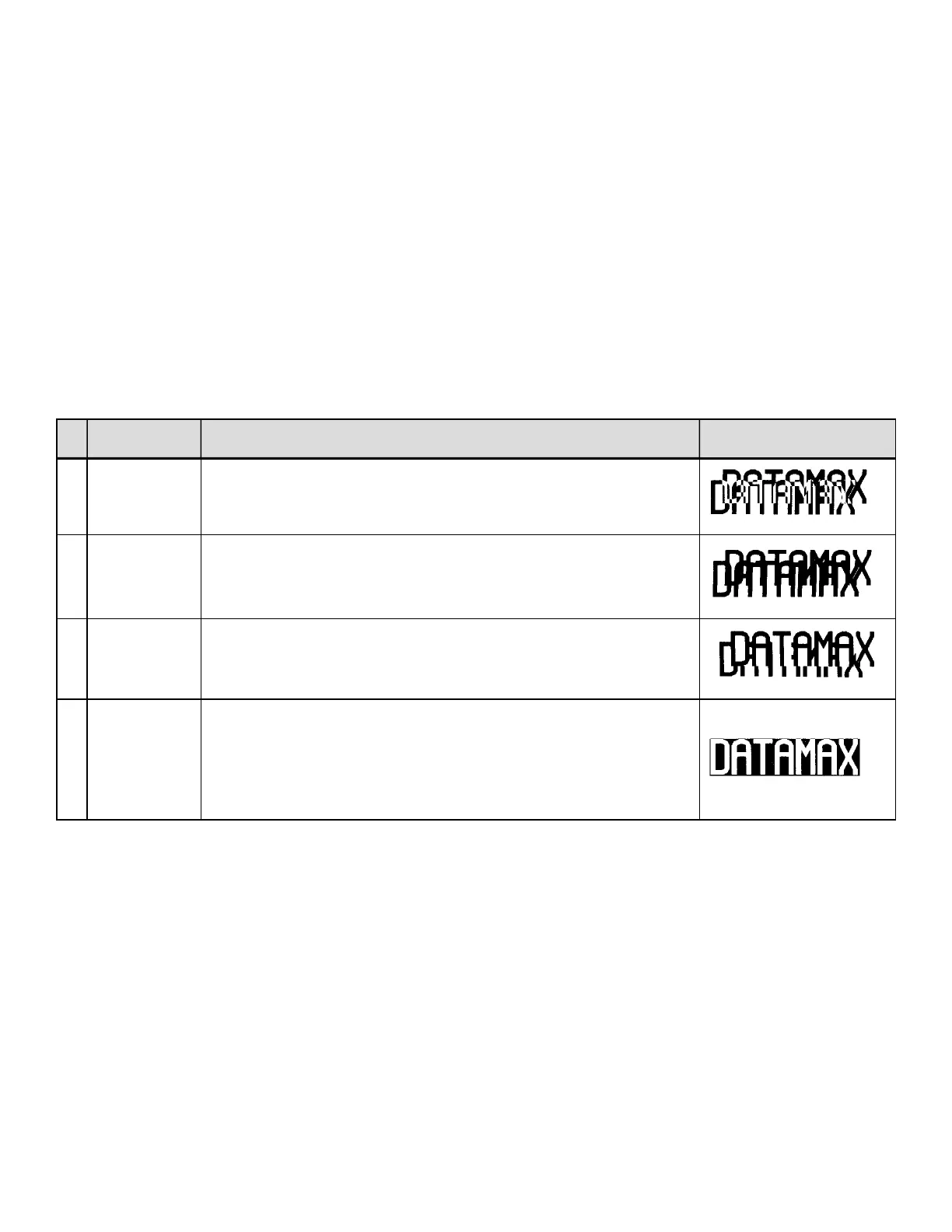